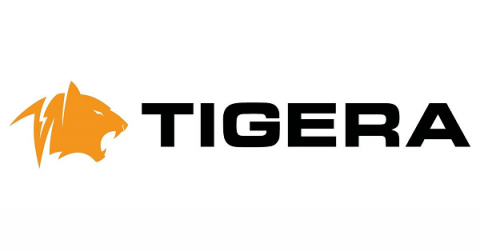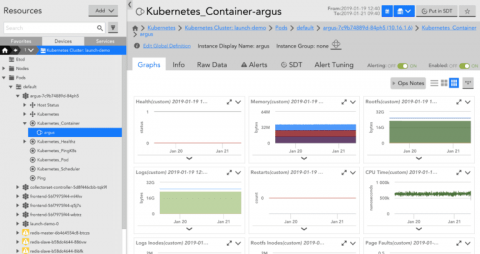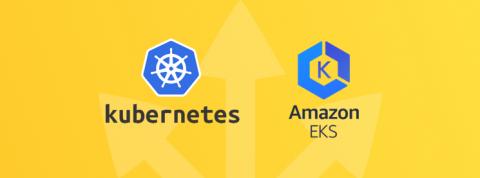Three Ways to Secure Kubernetes From Inside Threats
Inherently, Kubernetes clusters are multi-user. As a result, organizations want to ensure that cross-communication is protected via role-based access control, logical isolation and network policies. A container orchestration system such as Kubernetes brings information technology operations and developers (DevOps) closer together, making it easier for teams to collaborate effectively and efficiently with each other.











